Artnet News Pro
‘The Local Is the New Global’: How Hauser and Wirth’s New Menorca Outpost Offers Clues to the Future of the Art Market
The mega-gallery is keen to develop the sleepy Balearic island into an art world destination.
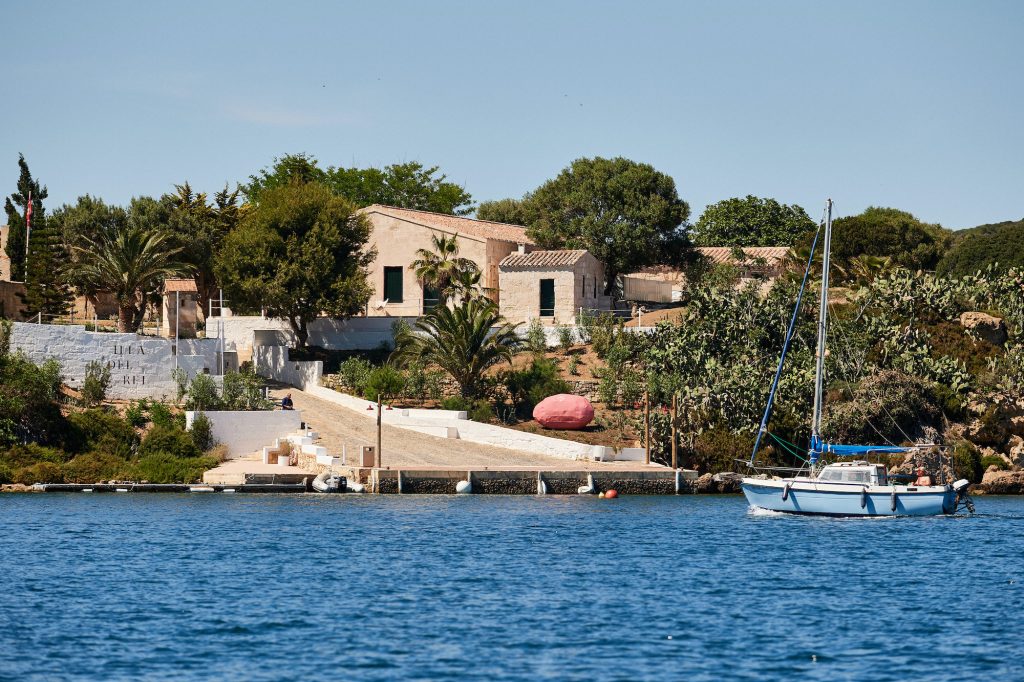
The mega-gallery is keen to develop the sleepy Balearic island into an art world destination.

Naomi Rea

Arriving to Hauser and Wirth’s latest outpost on the Spanish island of Menorca is a dramatic affair.
Located on an islet in the historic Mahon harbor, visitors can only access the gallery by boat, be it their own personal luxury yacht or the less glamorous but equally theatrical ferry service. As I stepped onto the jetty I was greeted by a Franz West sculpture that looked like a giant pink dinosaur egg, and John Williams’s score to Jurassic Park swelled inside my head.
Menorca’s Isla del Rey is a somewhat unlikely location for a swanky gallery. Once known as “bloody island,” it is the site of a decomissioned 18th-century military hospital that has fallen into disrepair since it was abandoned in the 1960s. Hauser and Wirth has leased part of the land from a charity that has been working to restore the hospital for the past couple of decades, and have given funds to the cause.
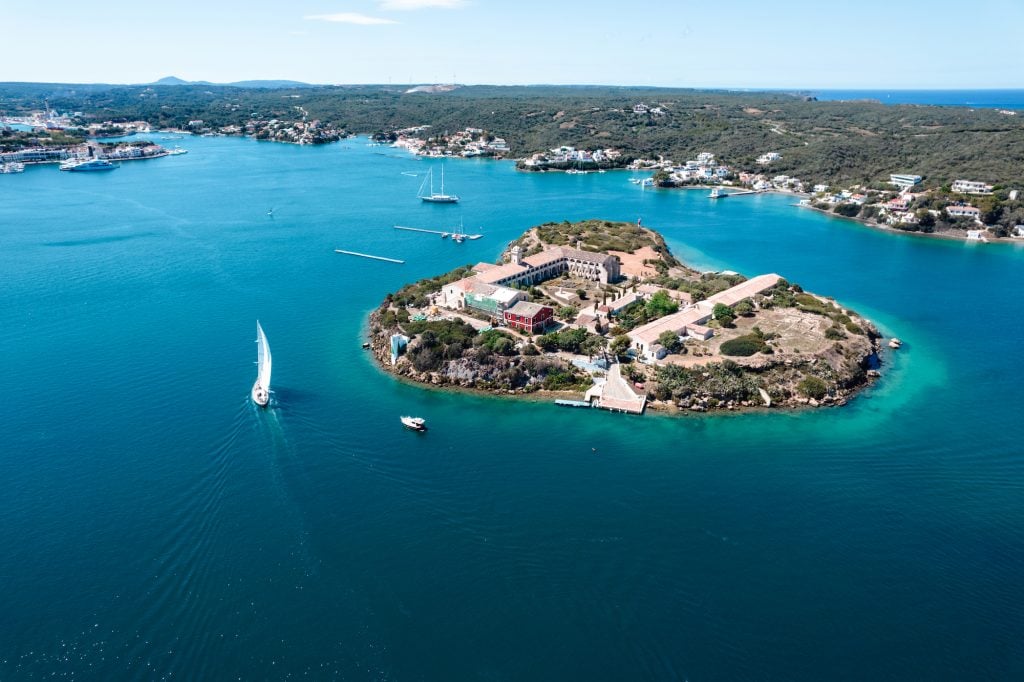
Hauser and Wirth Menorca on Isla del Rey. Courtesy Hauser and Wirth. Photo: Be Creative, Menorca.
The gallery has transformed the island with landscaping by the Dutch designer Pete Oudolf, and enlisted Argentinian architect Luis Laplace to design its 16,000-square-foot art center, gift shop, and restaurant, which is nestled among picturesque outdoor sculptures by Louise Bourgeois, Joan Miró, and Eduardo Chillida.
Art world power couple Iwan and Manuela Wirth have been vacationing in the Balearic Islands for 20 years, although they typically stayed in the more developed parts and own a secondary home in the nearby Majorca.
Mahon is a little more low key, and has been slower to attract the high-end luxury tourism of places like Ibiza. Iwan Wirth said it was always the place they came to “escape” for the day.
“I loved everything about it. It was raw, it was like a rock. As such, it was not that pretty, it was left undeveloped in many ways. It was hard to get to, and it fell into a deep sleep in winter,” he said.
But with the arrival of the mega-gallery, all that may be about to change. The new project feels more akin to a museum than your typical commercial gallery in the city. It has hired a former director of the Balearic Symphony Orchestra Mar Rescalvo, a Menorca native, to oversee it.
Rescalvo emphasizes its educational aims, rather than its commercial ones. “I don’t think this is a project that Iwan and Manuela thought about in commercial terms,” Rescalvo said, adding that it’s more comparable to Hauser and Wirth’s outpost in Somerset, rather than its galleries in London and New York. “It’s a project they did by heart.”
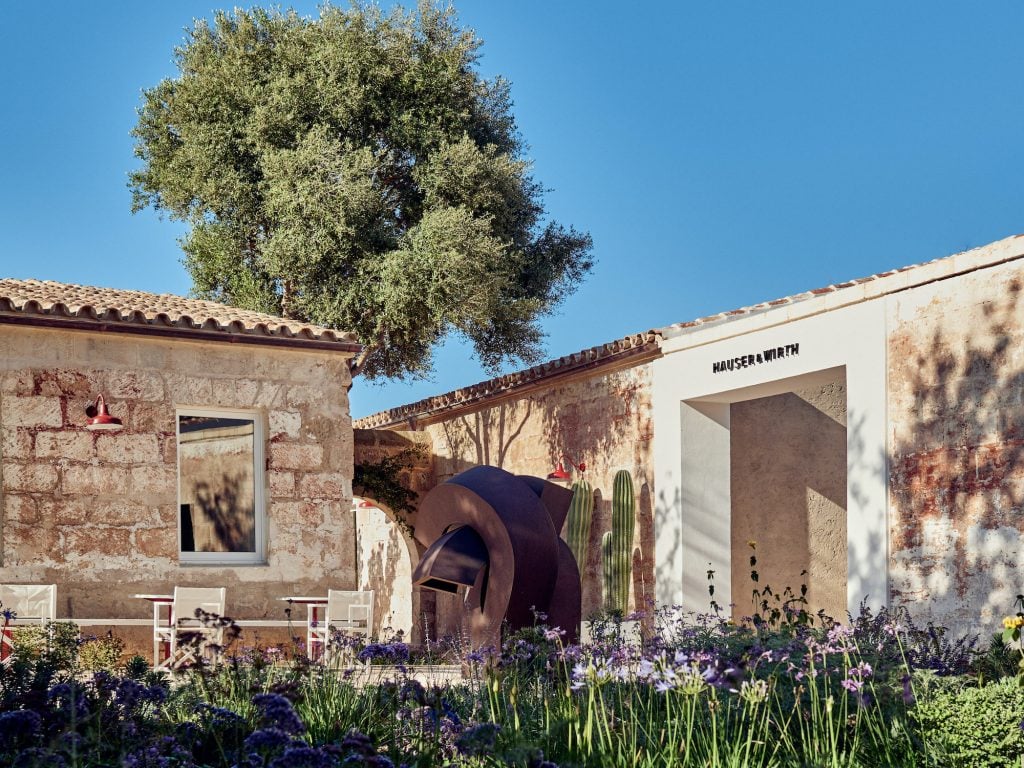
Elogio del v acío VI (2000) by Eduardo Chillida on Hauser & Wirth Menorca. Courtesy of the Estate of Eduardo Chillida and Hauser & Wirth. ©Zabalaga Leku. San Sebastián, VEGAP, 2021. Photo: Daniel Schäfer.
“It wasn’t a strategic decision. We felt this could be really beautiful, interesting for artists, and for the local community,” Wirth said. “I never thought about whether clients would come because the way we do business these days it doesn’t matter where you have the art, it’s phy-gital.”
The Menorca space has been in the works for five years but its inauguration has aligned with a broader trend of decentralization in the art market, which has accelerated during the pandemic. Galleries have increasingly been following the money of their clients and opening in wealthy vacation enclaves. Aside from locations in the art market hubs of New York, London, Zurich, Hong Kong, and Los Angeles, Hauser and Wirth now has outposts in the popular ski resorts of Gstaad and St Mortiz, in the Hamptons, and, most recently, in ultra-luxe Monte Carlo.
“We got more lucky than smart,” Wirth said of the growing popularity of these destination art hotspots. “When we started Somerset 10 years ago we had no idea the world was going to go that way. We are re-evaltuating our relationship to urban centers and there is a huge appetite for art but also for nature, open spaces, and decentralizing. The local is the new global, and that has been accelerated by the pandemic.”
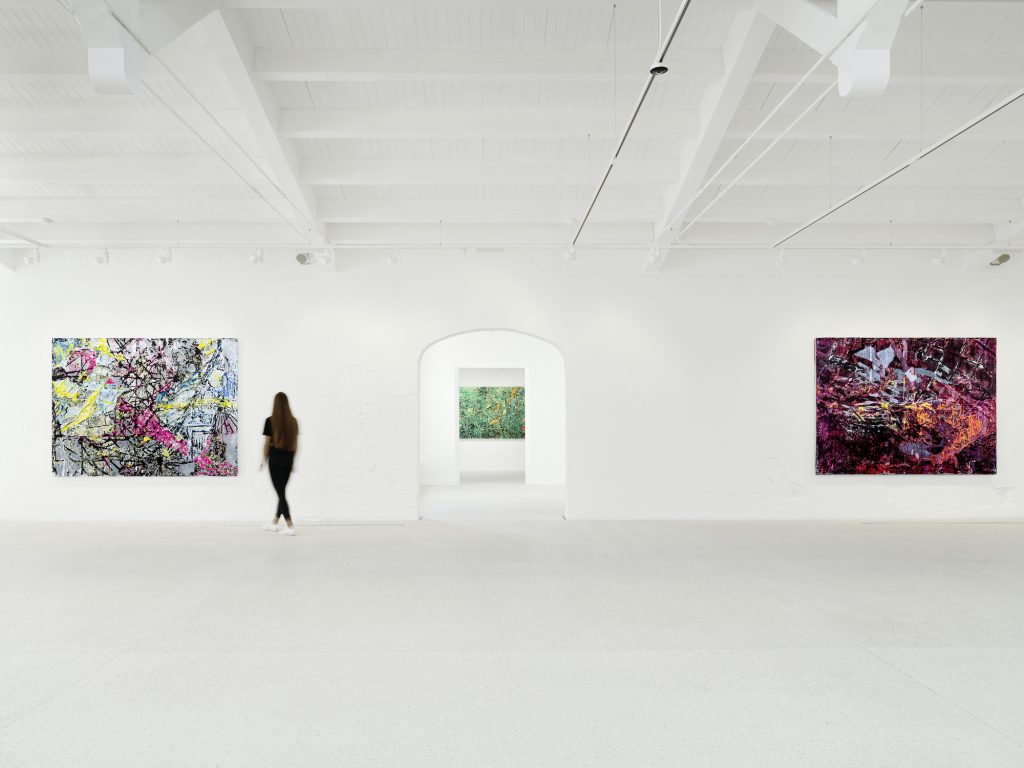
Installation view, “Mark Bradford. Masses and Movements” at Hauser & Wirth Menorca, until 31 October 2021. ©Mark Bradford. Courtesy the artist and Hauser & Wirth. Photo: Stefan Altenburger.
The dealer stressed the importance of competing with his main rival: auction houses, which have been the “winners” of the past year’s crisis, he said, because their business model was conducive to migrating online—a shift that has also helped them cut costs.
“The truth is that the digitization of the auction market has completely evaporated transparency. We do not know who the buyers are, only they know, so that makes it even harder to compete.” Wirth said. “We can only compete with our relationship to the artists, with our relationships to collectors, and places like this allow us to develop these.”
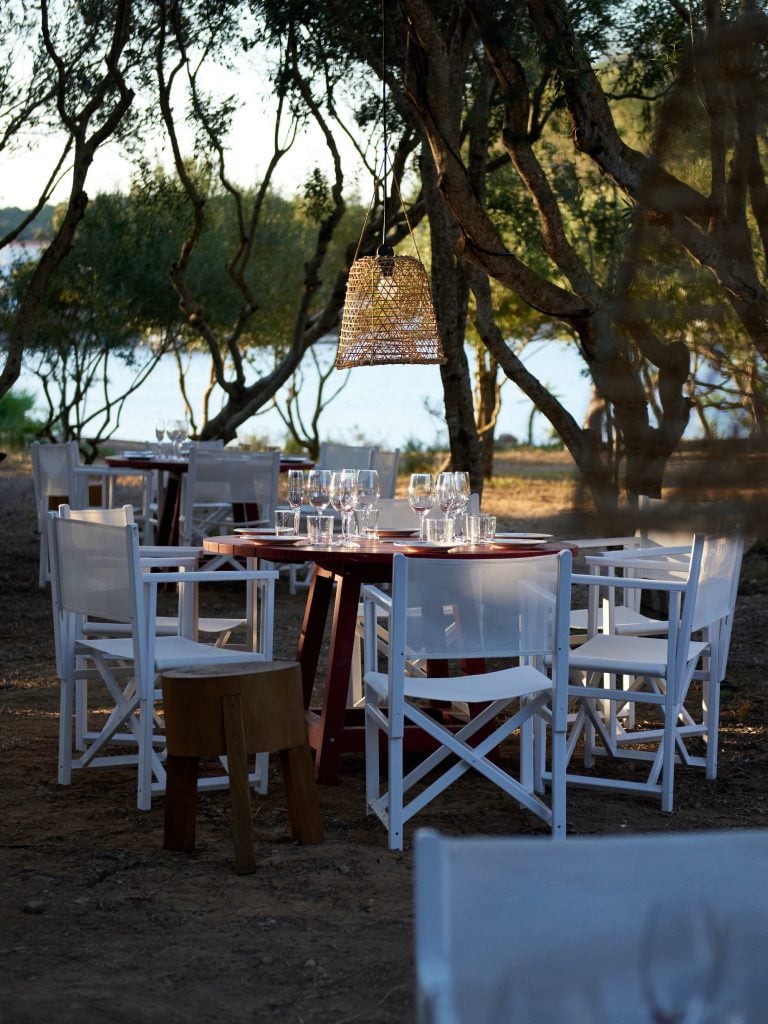
The restaurant ‘Cantina’ at Hauser and Wirth Menorca, designed by Luis Laplace. Courtesy Hauser and Wirth. Photo: Daniel Schäfer.
Some 500 people visited during the gallery’s opening weekend, during which it debuted an arresting new show by the U.S. artist and market star Mark Bradford. Attendees included a bevy of local and international collectors as well as a number of wealthy visitors that have yet to be converted to the art market.
While Wirth said the works included in the Bradford show had all either been placed with institutions ahead of time or were not for sale, the gallery was still doing business during the dinner.
“You can never forget they are a commercial enterprise, so this is a global branding project and it is bringing them a good reputation, a good image, and access to different types of publics that are buying, even if the dealers are genuinely invested in the island,” said Spanish art collector and advisor Eva Ruiz, who attended the opening.

Installation view, “Mark Bradford. Masses and Movements” at Hauser & Wirth Menorca, until 31 October 2021. ©Mark Bradford. Courtesy the artist and Hauser & Wirth. Photo: Stefan Altenburger.
Debuting an outpost in Spain is not without its strategic benefits. The international art market has been sleeping on Spain’s wealth of low-key collectors who rarely show face at the major art fairs. Ruiz attributes this to the generation of collectors who do not speak English and have been more reticent to travel to international events.
“Of course we are not New York, we are not Paris, but we have more collectors than you first see on the surface, great collections not only in Madrid but in places like Guadalajara, and Murcia.”
A scene is developing in Menorca, with key players including dealers Albarran Bourdais and Galeria Cayón, and French art collector Isabelle Leurent, who is working with Hauser and Wirth and the island’s government to organize educational projects surrounding her collection of contemporary art.
Adolfo Cayón, the director of Galería Cayón, told Artnet News that since they opened on the island in 2018, they have had a steady flow of “interesting” visitors. The gallerist hailed Hauser and Wirth’s arrival as “fantastic,” and said he received many visitors to its Carlos Cruz-Diez show during the opening week. “I am sure that having more art spaces would be good for all,” he said.
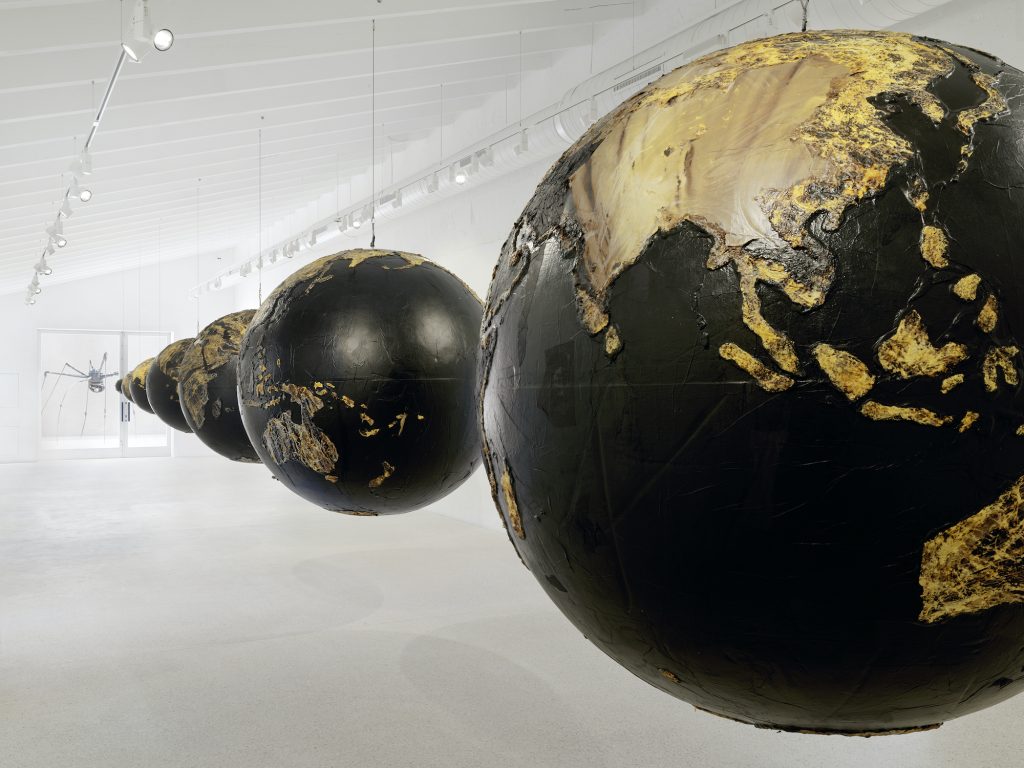
Installation view, “Mark Bradford. Masses and Movements” at Hauser & Wirth Menorca, until 31 October 2021. ©Mark Bradford. Courtesy the artist and Hauser & Wirth. Photo: Stefan Altenburger.
But while the new Hauser and Wirth has the potential to lure less easily reachable Spanish collectors, Ruiz is watching the Menorca project closely for its potential to convert new audiences to art in the longer term.
Hauser and Wirth has “always had this beautiful touch of making you forget that the gallery is a selling machine,” she said. But in order to make lasting change in the region, it will need to strengthen its commitment to education. “There is a huge gap between the locals’ knowledge and Hauser and Wirth’s art,” she said. “We first have to start educating people here. Menorca is on the map right now because of Hauser and Wirth. So indirectly yes, they are helping the community, but … it takes longer and it takes more than just a brand to really create an ecosystem.”
As a political crisis deepens in Spain, the responsibility for developing the “sleeping” Spanish scene, has fallen more and more to these private change-makers. Indeed, there are a growing number private collectors investing in the Spanish scene, such as Helga de Alvear, whose new museum is putting Extremadura on the map, and collectors Javier Lumbreras and Lorena Pérez-Jacom, whose Collegium project outside of Madrid, is hosting a suite of inspiring curatorial projects.
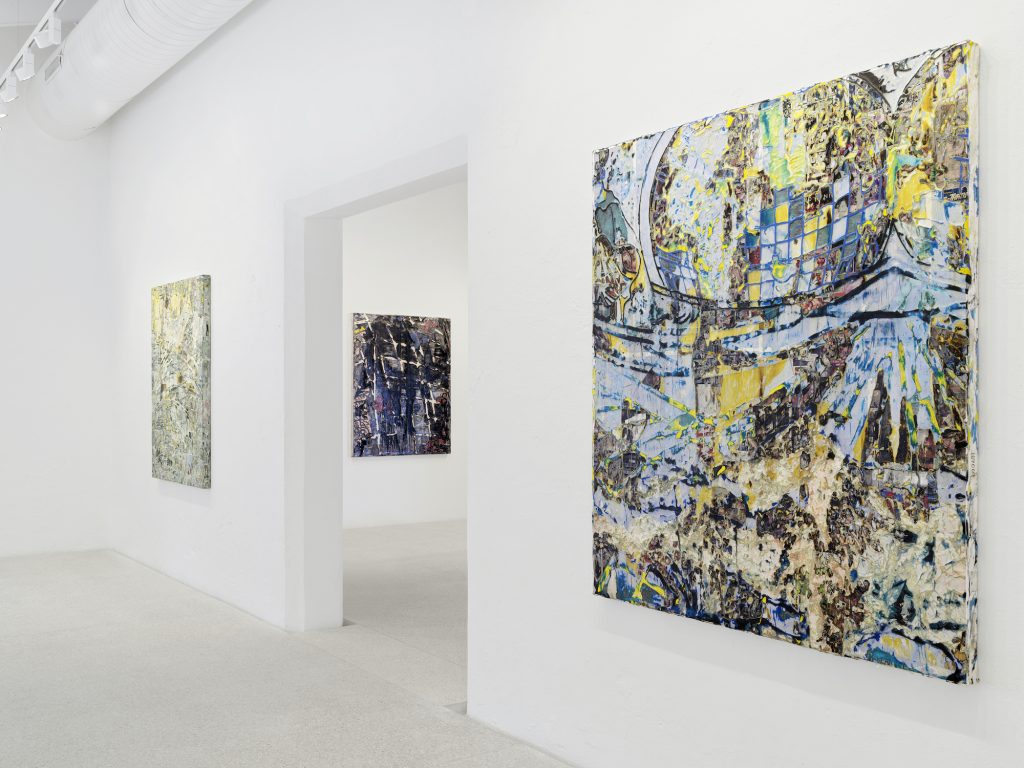
Installation view, “Mark Bradford. Masses and Movements” at Hauser & Wirth Menorca, until 31 October 2021. ©Mark Bradford. Courtesy the artist and Hauser & Wirth. Photo: Stefan Altenburger.
The rise of art destinations amid a wider slowdown of international travel for art fairs prompts the question of whether this hints at the future of the art market.
“It’s like biennials, there is a small percentage of collectors who are passionate and will always want to see art in context,” Ruiz said. “The digital is here to stay but we are missing the physicality and the context. So art fairs right now are in a crisis of bringing something that is not only commercial, but I think that is very difficult.”
Wirth said the gallery is definitely doing fewer and more targeted art fairs, and has no desire to return to the pre-pandemic status quo of 25 art fairs a year.
“Art fairs have their role but I think they will be like everywhere in the world now, the middle is going to be squeezed, get out of the middle. Either you can be highly localized as a small art fair, or there are a few really important big ones,” he said. “In the end, you can’t beat breaking bread, meeting people, and seeing the actual work.”
“Mark Bradford: Masses and Movements” is on view at Hauser and Wirth Menorca through October 31.